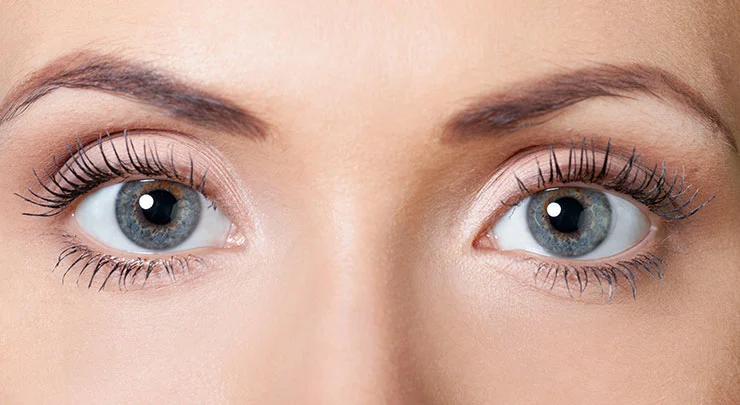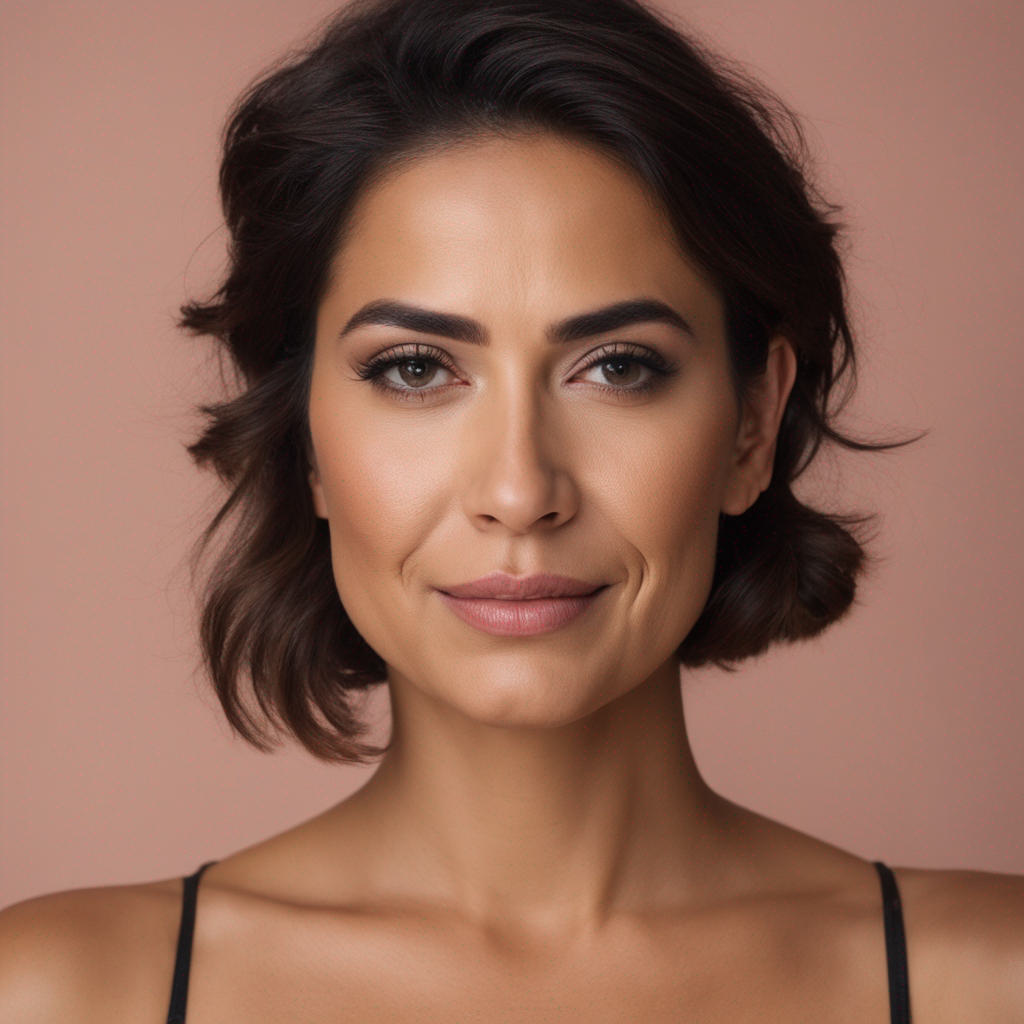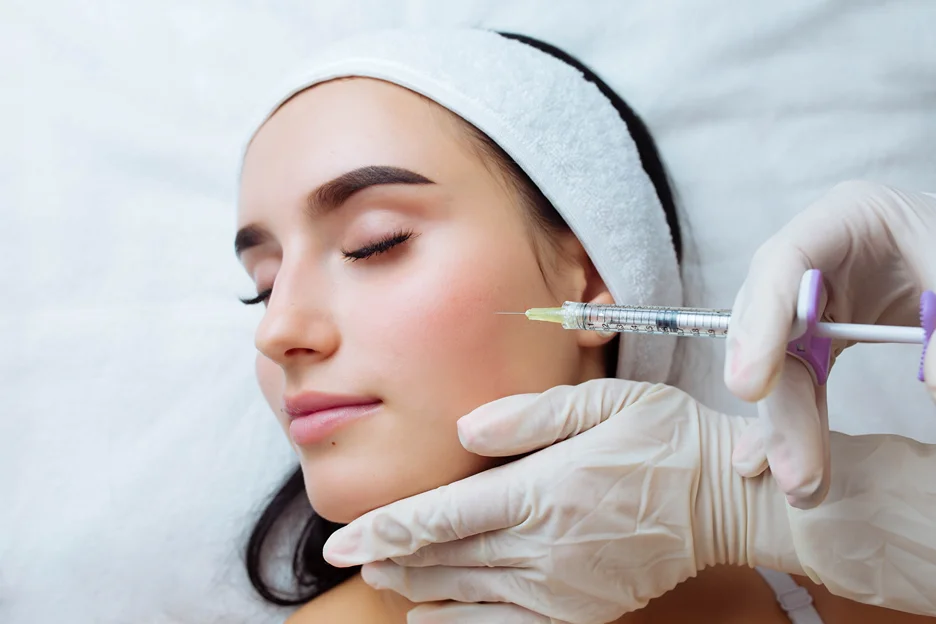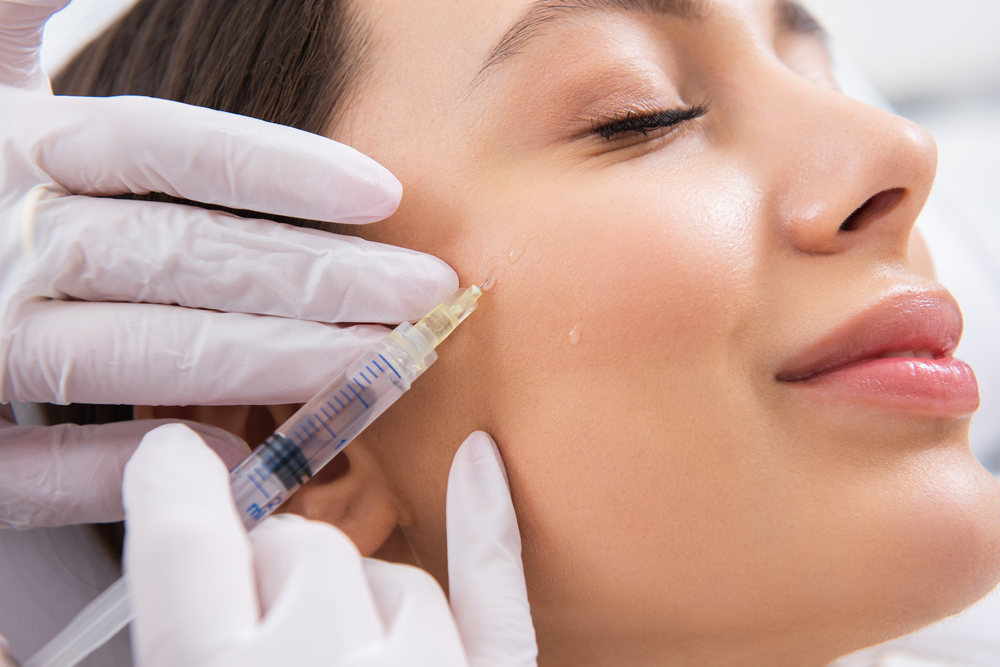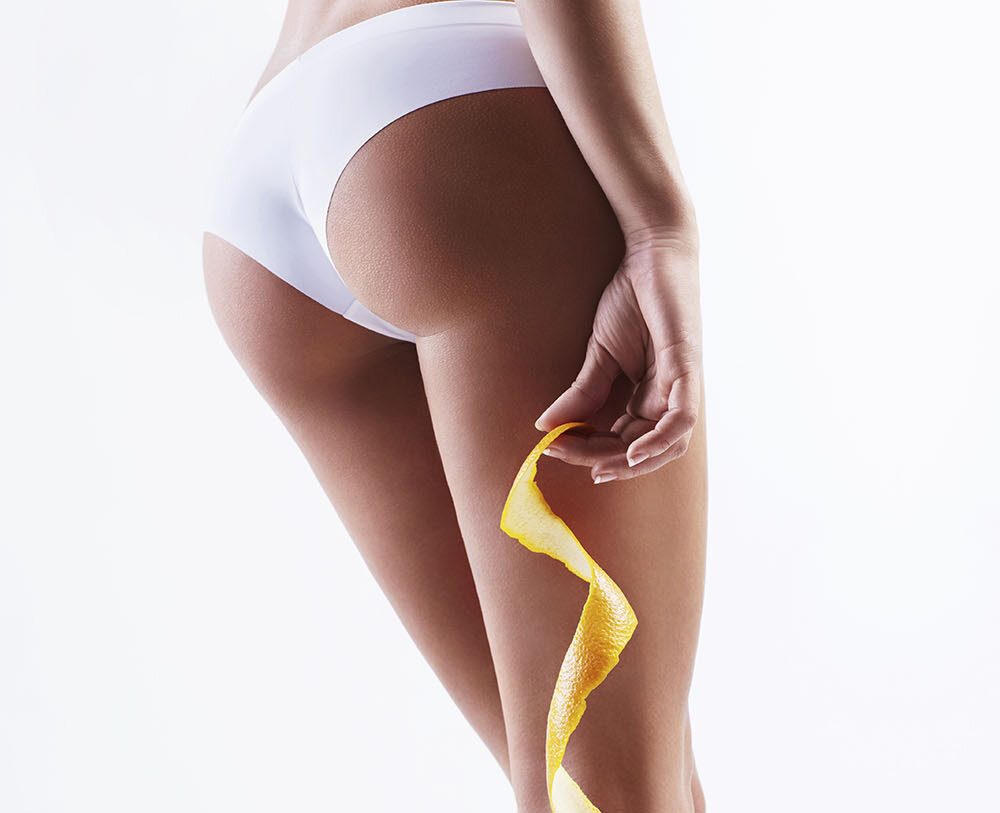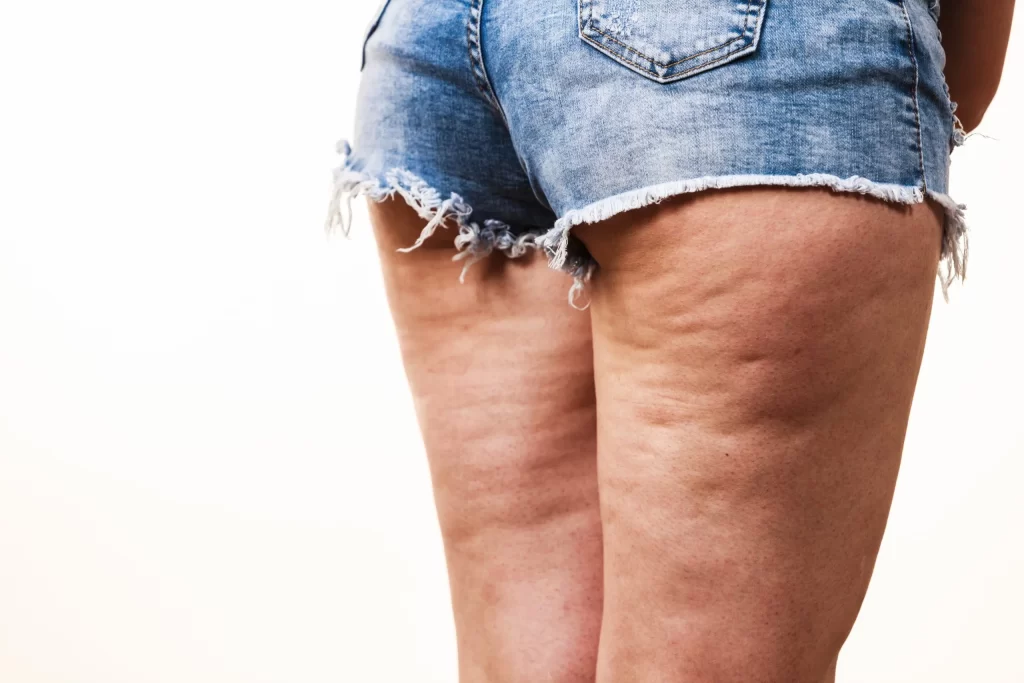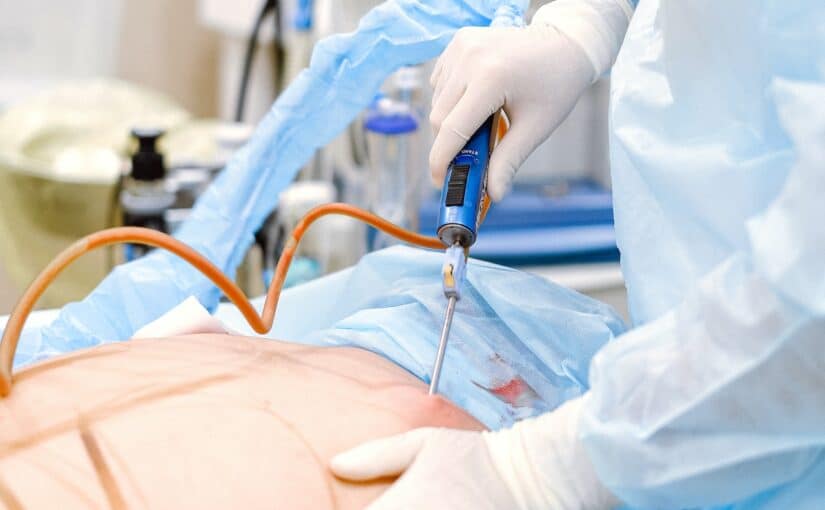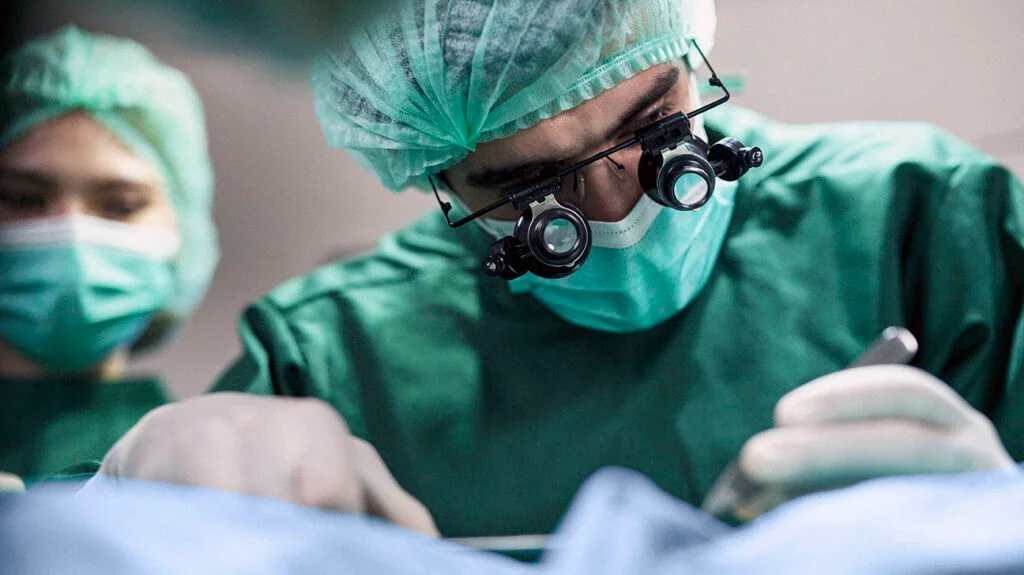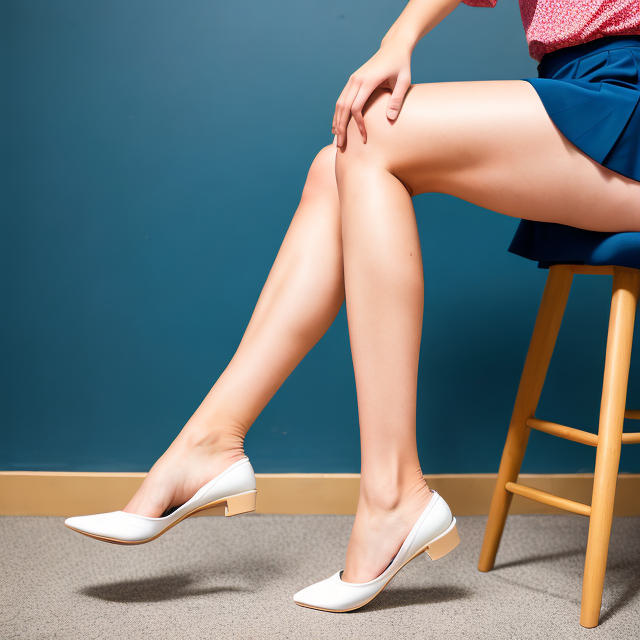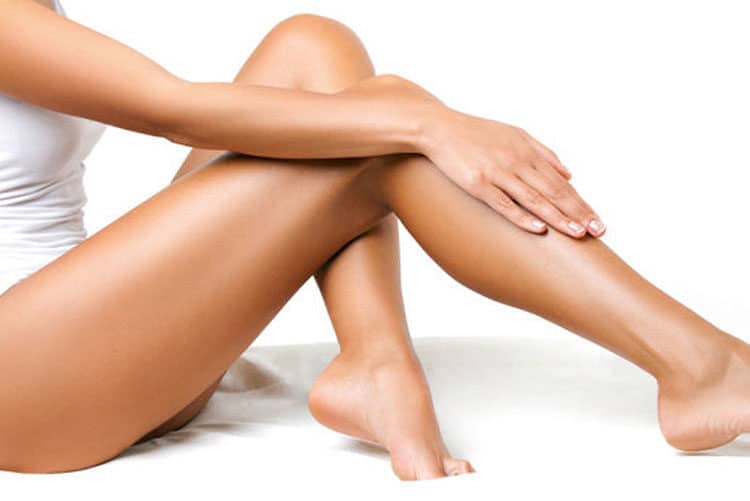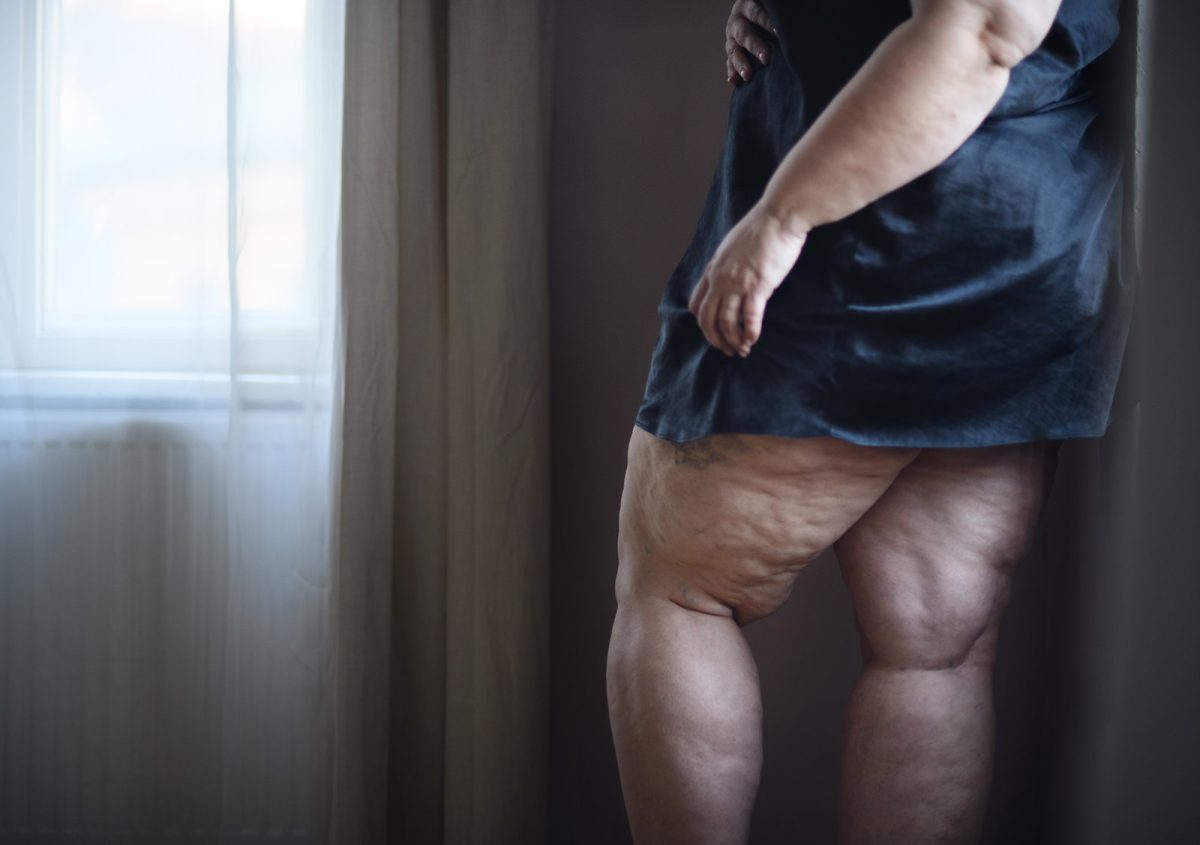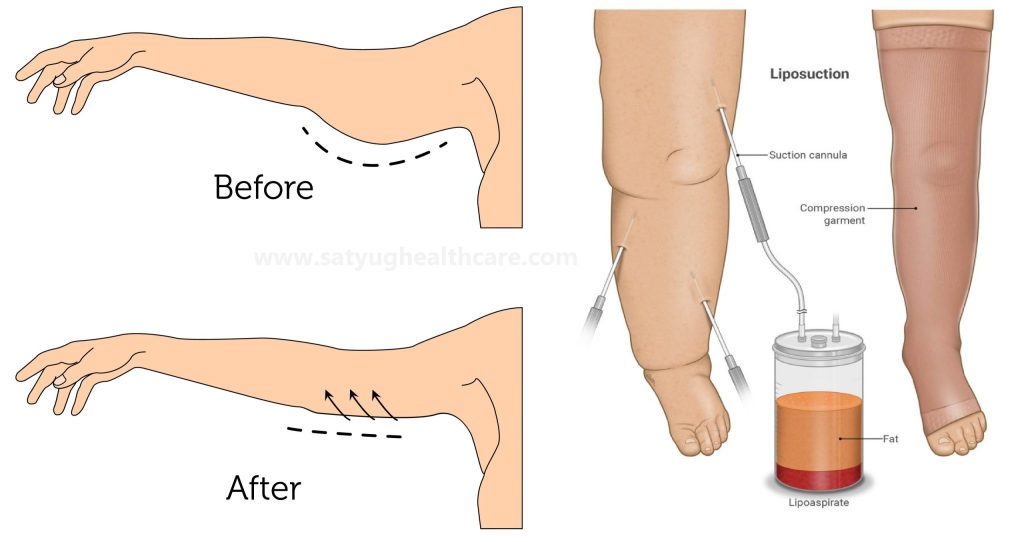Did you know that over 90% of skin aging is caused by sun exposure? After getting a Brazilian Butt Lift (BBL), protecting your investment with rigorous sun protection, good sun screen, and a skin care regimen is crucial. The sun can damage your skin and affect your results. This means keeping your skin safe from harmful UV rays.
Using sunscreen daily is a must, even on cloudy days. Wearing protective clothing helps too. Avoiding direct sunlight during peak hours can make a big difference. Your BBL deserves the best care possible, so don’t let sun exposure ruin it. Stay informed and take action, including sun avoidance, to keep your skin glowing and healthy after your procedure.
Key Takeaways
-
Protect your skin from the sun after BBL treatments to maintain results; use a broad-spectrum sunscreen daily.
-
Avoid scheduling BBL sessions during peak summer months to reduce the risk of sun exposure and skin damage.
-
If you must undergo BBL in summer, take extra precautions like wearing protective clothing and seeking shade.
-
Consistent skincare routines, including hydration and gentle cleansing, enhance the effectiveness of BBL treatments.
-
Understand that long-term benefits of BBL require commitment; regular sessions can lead to lasting improvements in skin appearance.
-
Address any concerns with a qualified professional to ensure you have the best experience and outcomes from your BBL treatments.
Understanding BroadBand Light Therapy
Mechanism of BBL
BroadBand Light (BBL) therapy uses phototherapy and sun avoidance to treat various skin conditions. It emits light across a broad spectrum. This light targets specific skin issues such as pigmentation and redness. The wavelengths penetrate the skin, breaking down melanin and other pigments. This helps reduce dark spots and even out skin tone.
BBL works by delivering short bursts of light energy. This energy heats the upper layers of the skin without damaging them. As a result, it promotes healing and rejuvenation. The body responds by increasing collagen production. Collagen is vital for maintaining skin elasticity and firmness.
Non-Invasive Treatment
The non-invasive nature of BBL makes it appealing for many people. There are no needles or incisions involved. Patients can enjoy treatments with minimal discomfort. This is especially important for those who fear traditional procedures.
Sessions typically last about 30 minutes, depending on the area treated. Most patients experience only mild redness afterward, similar to a light sunburn. Recovery time is quick, allowing individuals to return to their daily activities almost immediately.
Versatile Applications
BBL is versatile in treating various skin concerns. It effectively addresses age spots, sun damage, and vascular lesions. Age spots often appear due to prolonged sun exposure over time. BBL can significantly lighten these spots, restoring a more youthful appearance.
Sun damage can manifest as uneven texture and pigmentation. BBL helps improve overall skin texture while targeting damaged areas specifically.
Vascular lesions, like spider veins or rosacea, respond well to BBL treatment too. The light targets blood vessels beneath the skin’s surface, reducing their visibility.
Summary of Benefits
-
Non-invasive: No need for surgery or lengthy recovery.
-
Quick sessions: Treatments are usually around 30 minutes.
-
Minimal downtime: Most people resume normal activities right away.
-
Versatile use: Addresses multiple concerns from pigmentation to vascular issues.
In summary, BroadBand Light therapy offers an effective solution for various skin problems. Its mechanism involves using broad-spectrum light to target specific issues while promoting collagen production. The non-invasive nature makes it suitable for many individuals seeking improvement in their skin health. With its versatility in addressing age spots, sun damage, and vascular lesions, BBL stands out as a reliable option for skin rejuvenation.
Importance of Sun Protection Post-BBL
Necessity of SPF
Using broad-spectrum SPF is essential after BBL treatment. Sunscreens protect treated skin from harmful UV rays. These rays can cause sun damage, leading to pigmentation issues and skin aging. A sunscreen with at least SPF 30 is recommended. It should block both UVA and UVB rays. Skinceuticals sunscreens are a good option for this purpose. They provide effective protection while being gentle on the skin.
Regular application of sunscreen is crucial. Apply it every two hours, especially if outdoors. This routine helps maintain the results of your treatment. Even on cloudy days, UV rays can still penetrate the skin. Therefore, diligent sun protection should be a daily habit.
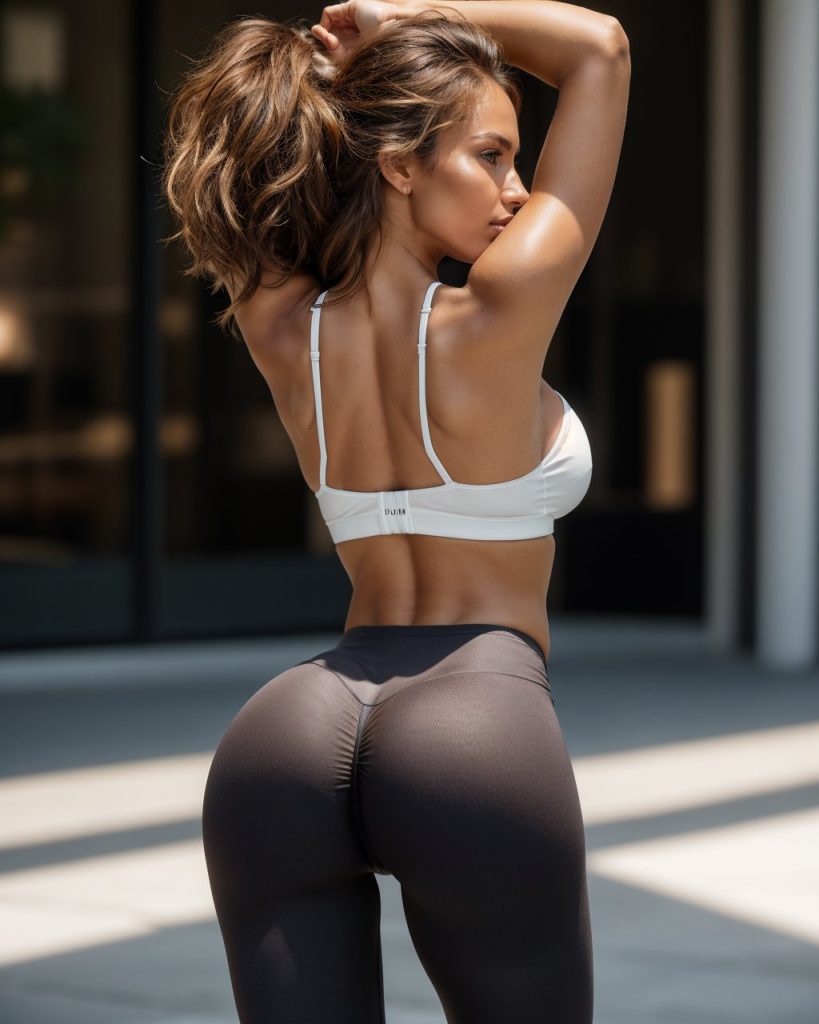
Avoiding Direct Sunlight
Direct sun exposure can reverse the benefits of BBL treatment. Skin remains sensitive for weeks after the procedure. Exposure to sunlight during this time increases the risk of serious sunburn. It may also lead to hyperpigmentation, which treatments aim to reduce.
Patients should avoid direct sun exposure for at least four weeks post-treatment. If going outside, seek shade whenever possible. Staying indoors during peak sunlight hours (10 AM to 4 PM) is also wise. This helps minimize any negative effects on your skin.
Protective Clothing and Accessories
Wearing protective clothing enhances sun protection significantly. Long sleeves, wide-brimmed hats, and sunglasses help shield your skin from UV rays. Fabrics with UPF ratings offer additional defense against sun damage.
Sunglasses protect not just your eyes but also the surrounding skin. Choose sunglasses that block 100% of UVA and UVB rays. Hats should have a wide brim to cover your face and neck adequately.
In addition to clothing, consider using zinc oxide sunscreen as an extra layer of protection. This type of sunscreen provides a physical barrier against UV rays. Applying it on exposed areas ensures comprehensive coverage.
Summary of Key Strategies
-
Use broad-spectrum SPF 30 or higher.
-
Reapply sunscreen every two hours.
-
Avoid direct sunlight for at least four weeks.
-
Wear protective clothing like long sleeves and hats.
-
Use sunglasses that block 100% of UV rays.
-
Consider zinc oxide sunscreen for added protection.
Can You Undergo BBL in Summer
Scheduling BBL Treatments
Scheduling BBL treatments during summer is possible. Patients can still benefit from these procedures, as long as they follow strict sun avoidance protocols. It’s crucial to plan appointments carefully. Early morning or late afternoon slots help minimize sun exposure.
Patients must avoid direct sunlight before and after their sessions. The skin needs time to heal, especially after a treatment like BBL. Sun exposure can lead to complications, such as pigmentation changes.
Risks of Sun Exposure
Increased sun exposure post-BBL can pose serious risks. Skin becomes more sensitive after the procedure. This sensitivity makes it easier for damage to occur. Sunburn can happen quickly, even with minimal exposure.
Hyperpigmentation is another risk. This condition involves dark patches forming on the skin. It often occurs when treated areas are exposed to sunlight too soon after treatment. Patients should be aware that avoiding the sun is essential for optimal results.
Strategies to Minimize Sun Exposure
Minimizing sun exposure is vital for those undergoing BBL in summer. Here are some strategies:
-
Wear protective clothing: Long sleeves and wide-brimmed hats shield skin from harmful rays.
-
Use sunscreen: Apply a broad-spectrum sunscreen with at least SPF 30 daily. Reapply every two hours when outdoors.
-
Seek shade: Stay under umbrellas or trees whenever possible, especially during peak sun hours.
-
Limit outdoor activities: Schedule indoor activities during the hottest parts of the day.
By planning accordingly, patients can enjoy their summer while protecting their skin.
Precautions for Summer BBL Treatments
Sun Protection
Protecting your skin is crucial after BBL treatments. High-SPF sunscreen is a must. Apply it daily, even on cloudy days. Choose a broad-spectrum sunscreen with at least SPF 30. This protects against both UVA and UVB rays. Reapply every two hours, especially if swimming or sweating.
Physical barriers also help. Wear wide-brimmed hats and UV-blocking sunglasses. These items shield your face from direct sunlight. Lightweight clothing can further protect your skin during outdoor activities.
Pigmentation Risks
Inadequate sun protection increases the risk of pigmentary side effects. Skin may darken or develop spots after BBL laser treatment. This risk heightens with sun exposure, especially in summer. Those with darker skin tones are more prone to these changes.
The BBL laser treatment process makes skin sensitive to sunlight. After treatment, the skin needs time to heal. Exposure can lead to long-lasting pigmentation problems. It’s essential to manage sun exposure carefully during this period.
Professional Consultation
Consulting a skincare professional is wise before starting treatments. They can create a personalized sun protection plan for you. Each person’s skin responds differently to treatment and sunlight.
A professional can recommend specific products that suit your skin type. They may suggest additional protective measures based on your lifestyle. For instance, if you engage in outdoor activities frequently, they will provide tailored advice.
High Altitude Considerations
Living or vacationing at high altitudes poses extra risks. The sun’s rays are more intense in these areas. Higher elevation means less atmosphere to filter harmful UV rays. This increases the chances of irritation and skin damage after BBL treatments.
If you plan to be outdoors at high altitude, take extra precautions. Use a higher SPF sunscreen and reapply often. Wearing protective clothing becomes even more critical at these elevations.
Avoid Irritation
Irritation can occur if proper precautions aren’t taken post-treatment. Avoid hot showers, saunas, and vigorous exercise for a few days after BBL treatments. These activities can exacerbate sensitivity and irritation in treated areas.
Stay hydrated as well. Drinking water helps maintain skin health and reduces irritation risks.
Scheduling BBL for Optimal Results
Planning Sessions
Scheduling BBL treatments requires careful planning. It’s best to arrange sessions during times of minimal sun exposure. This helps protect the skin and enhances the effectiveness of the BBL therapy. For example, late fall or winter months often provide less intense sunlight.
After an initial BBL treatment, skin may be sensitive. Avoiding sun exposure reduces the risk of complications. Patients can achieve better results by waiting a few weeks after treatment before spending significant time outdoors.
Regular Routine
Incorporating BBL into a regular skincare routine is essential. Seasonal variations in sun intensity should guide treatment plans. For instance, summer brings stronger UV rays. During this time, it may be wise to schedule fewer appointments or adjust the frequency of treatments.
Maintaining a consistent topical regimen also supports skin health. Using sunscreen daily is crucial, especially after a single BBL treatment. This protects the skin from harmful rays while promoting healing.
Aligning with Lifestyle
Timing treatments to fit personal schedules is important for success. Many people have tight time schedules that make frequent visits challenging. Creating a treatment schedule that aligns with lifestyle habits can ensure adherence to the plan.
For those who travel frequently or have busy work commitments, planning ahead helps. Setting appointments in advance allows for better management of time and expectations.
A young BBL treatment program can be tailored to fit various lifestyles. Patients should communicate their needs with their skincare provider. This ensures that the BBL treatment process suits individual circumstances.
Treatment Frequency
Regular treatments yield optimal results over time. A frequent treatment schedule can enhance skin rejuvenation more effectively than sporadic sessions. Many providers recommend multiple BBL treatments spaced several weeks apart for maximum impact.
Each session builds upon the last, leading to clearer and healthier skin. Following up with regular BBL facials can maintain these results long-term.
Final Thoughts
Patients should consider all these factors when scheduling BBL sessions. Protecting investments in skin health requires commitment and planning. By choosing the right times and maintaining a consistent routine, individuals can enjoy the full benefits of their BBL therapy.
Role of Skincare in BBL Success
Treatment Guidelines
A strong topical skincare regimen is vital after BBL treatments. Following specific treatment skincare guidelines helps enhance results. The skin needs special care to recover effectively. Products that promote healing can make a difference.
Hydration plays a key role in recovery. Moisturizers help maintain the skin’s barrier function. They also prevent dryness and irritation. Using gentle, non-comedogenic products is essential.
Skincare Routine
Incorporating antioxidants into your skincare routine can support skin health. Antioxidants protect the skin from free radicals. These harmful molecules can cause damage, especially after treatments like BBL. Vitamin C and E are excellent options. They brighten the skin and improve texture.
Sunscreen is another crucial element of any skincare routine. UV rays can harm freshly treated skin. A broad-spectrum sunscreen with SPF 30 or higher should be applied daily. This protects against pigmentation changes and maintains even skin tone.
Proper Skincare Regimen
A proper skincare regimen includes cleansing, moisturizing, and sun protection. Start with a mild cleanser to avoid irritation. Follow this with a hydrating serum or moisturizer. Make sure to apply these products gently.
Regularly using sunscreen is important, especially during sunny months. Reapply every two hours when outdoors to ensure maximum protection.
Skin Care Maintenance
Consistent skin care maintenance prolongs the effects of BBL therapy. This means sticking to your skincare routine even after initial recovery. Results can fade without proper care over time.
Consider regular follow-ups with your dermatologist. They can recommend products tailored to your skin’s needs. Regular check-ins help adjust your regimen as needed.
Professional treatments may complement at-home care. Options like chemical peels or microdermabrasion can enhance results further.
Long-Term Benefits of Consistent BBL
Improved Texture
Regular BBL treatments lead to improved skin texture. Over time, the skin becomes smoother and more radiant. Many patients notice a significant difference after a few sessions. These improvements occur because BBL stimulates collagen production. Increased collagen helps the skin repair itself and enhances its overall appearance.
Reduction of Aging Signs
BBL plays a big part in reducing signs of aging. With consistent application, it can minimize wrinkles and fine lines. Studies show that patients experience a decrease in pigmentation as well. This results in a more youthful complexion. The cumulative effects of BBL help maintain skin elasticity too. Patients often report feeling more confident in their appearance as they see these changes.
Ongoing Maintenance
Maintaining the benefits of BBL requires commitment. Regular maintenance treatments are essential for long-term improvement. Many dermatologists recommend follow-up sessions every 6-12 months. This schedule helps sustain the initial results achieved through earlier treatments. Without ongoing care, some improvements may fade over time.
Side Effects Awareness
e individuals may experience side effects from BBL. Common issues include temporary redness or swelling. These effects usually resolve within a few hours or days. It’s important to discuss potential complications with your provider beforehand. Understanding these risks can help manage expectations and ensure satisfaction with the treatment.
Investment Commitment
Investing in BBL is not just about the initial expense. It requires ongoing financial commitment for maintenance treatments. However, many find this investment worthwhile due to the long-term benefits. Improved skin can enhance self-esteem and quality of life.
Healthy Habits
Incorporating healthy habits also plays a crucial role in maximizing BBL benefits. Regular use of good quality zinc sunscreen protects the skin from UV damage. Avoiding excessive sun exposure is vital for preserving results as well. Patients should aim to adopt a skincare routine that complements their BBL treatments.
Changes Over Time
The changes from consistent BBL can be remarkable over several years. Many users report looking significantly younger than their actual age. This transformation often leads to increased social engagement and confidence.
Addressing Common BBL Concerns
Safety Reassurance
BBL therapy is generally safe. It is important to have the procedure done by qualified professionals. They understand the technology and can tailor it to your specific skin concerns. This ensures effective treatment for issues like pigmentation and redness. Many patients feel reassured knowing that licensed practitioners use advanced equipment.
Pain and Downtime Misconceptions
e people worry about pain during BBL treatments. Most experience only mild discomfort. The sensation is often compared to a rubber band snapping against the skin. After the session, any redness typically fades within a few hours. Downtime is minimal. Most individuals return to their daily activities right away.
Managing Expectations
Results from BBL therapy are not immediate. Patients should understand that visible changes take time. Improvements often become noticeable weeks after treatment. This gradual process allows skin to heal and regenerate effectively. Consistent sessions can enhance results over the years.
Real Questions
Many ask if they should avoid sun exposure after BBL treatments. Sun protection is crucial for maintaining results. Wearing a hat or using sunscreen helps shield the skin from harmful UV rays. Neglecting this can lead to unwanted pigmentation concerns.
Family Considerations
Family history can influence skin issues like pigmentation or redness. If relatives have these concerns, discussing them with a professional may be beneficial. Understanding your family’s skin history can help in choosing the right BBL combo for you.
Long-Term Care
Taking care of your skin post-BBL is vital for lasting results. Hydration and moisturization support healing and improve skin texture. Regular follow-ups with your provider ensure you stay on track with your treatment plan.
Lifestyle Factors
Certain lifestyle choices affect skin health too. Smoking, excessive alcohol consumption, and poor diet can hinder results from BBL therapy. Adopting healthier habits promotes better outcomes over time.
Color Changes Over Time
Skin color may change as one ages, leading to new pigmentation concerns. Regular BBL treatments can help address these changes effectively. Staying proactive about skincare ensures you maintain a youthful appearance.
Summary
Protecting your investment in BroadBand Light (BBL) therapy is essential. You’ve learned why sun protection is critical after your treatments and how to schedule them for the best results. Precautions during summer, along with a solid skincare routine, can maximize the long-term benefits of BBL. Addressing common concerns helps you feel more confident in your choices.
Stay proactive about your skin health. Always prioritize sun protection and follow expert advice to ensure your BBL results shine through. Your skin deserves the best care possible, so don’t hesitate to consult professionals for personalized guidance. Embrace your journey towards radiant skin and share these insights with friends who could benefit too. Together, you can all enjoy the lasting effects of BBL therapy while keeping your skin safe.
Frequently Asked Questions
What is BroadBand Light (BBL) therapy?
BroadBand Light (BBL) therapy is a non-invasive skin treatment that uses light energy to target various skin issues, such as pigmentation, redness, and fine lines. It promotes collagen production for healthier, younger-looking skin.
Why is sun protection important after BBL?
Post-BBL sun protection is crucial because your skin becomes more sensitive to UV rays. Sun exposure can cause hyperpigmentation and hinder healing, compromising your treatment results. Always apply a broad-spectrum sunscreen.
Can I get BBL treatments during summer?
Yes, you can undergo BBL in summer, but extra precautions are necessary. Ensure consistent sun protection and avoid direct sunlight before and after treatments to maximize effectiveness and minimize risks.
What precautions should I take for summer BBL treatments?
For summer BBL treatments, wear protective clothing, use high-SPF sunscreen, and limit sun exposure. Schedule sessions early morning or late afternoon when the sun is less intense.
How should I schedule my BBL treatments for optimal results?
To achieve the best results, space your BBL sessions about four to six weeks apart. This allows your skin time to heal and regenerate between treatments.
How does skincare affect BBL success?
Proper skincare enhances BBL results. Use gentle cleansers, moisturizers, and products with antioxidants. Avoid harsh ingredients like retinoids before treatments to prevent irritation.
What are the long-term benefits of consistent BBL treatments?
Consistent BBL treatments can lead to improved skin texture, reduced pigmentation, and increased collagen production. Over time, this results in a more youthful appearance and healthier skin overall.





